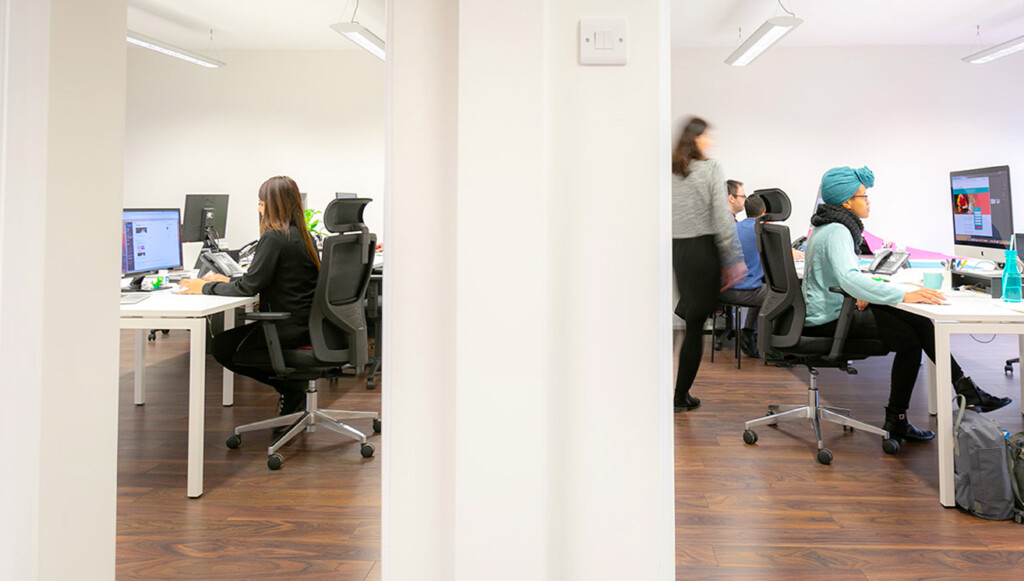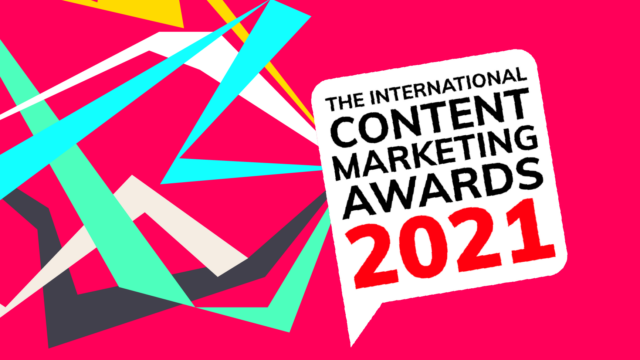Brand is an essential element of the employee experience. It provides clear boundaries, direction and a sense of purpose and belonging. Brand is a very helpful tool in driving engagement, motivation and ultimately, performance.
Brand is a very helpful tool in driving engagement, motivation and ultimately, performance.Bobbi Hartshorne – WellWiseHow start-ups and SMEs can win the war on talent and maximise performance through their brand

Where brand and culture collide and create magic
With more choice than ever about where, how, and when we work, The Great Resignation and The War for Talent have proven to be a significant turning point in talent attraction, recruitment, and retention strategies. It’s no secret that recruitment has become much more challenging, and no sector has been immune. Certain sectors, with tech talent some of the hardest to find and secure globally. Has your business been feeling the pinch?
Often, large organisations can outbid smaller companies on stability, salary, bonuses, and benefits, which is forcing the smaller players to get creative about how they expand the lake that they fish in, and how they encourage the fish to take the bait. However, start-ups and SMEs can offer prospective employees unique advantages, such as:
- the chance to get in early and experience quicker career development path, and a bigger share of the spoils of early success;
- flatter hierarchical structures enabling everyone to periodically sit at the top table and genuinely influence strategy;
a fun, casual, and family-feel culture; - the chance to be involved in something with more purpose than simply filling the C-suite’s pockets.
Authentically communicating and demonstrating all this is essential for any expanding business that wants to not only survive but thrive too.

Brand and Culture: A winning combo-deal
We often talk about how your brand must resonate with your target customers, but it is equally important to spend time exploring how it influences (and is influenced by) your people and culture strategy. This is absolutely a two-way, mutually beneficial relationship, and one worth investing energy and resources into.
Delivering value consistently
As discussed above, your brand provides the framework for your employees to operate from. This informs behaviours, management and leadership styles, innovation, use of time, and much more. When culture and brand are aligned, your employees effectively become the living, breathing embodiment of your brand, and that is how they deliver a consistent and high-impact experience for your customers and each other.
This is about turning values into actions and demeanour. One of my favourite examples of this comes from HubSpot’s culture code which states, amongst other things, “we dare to be different and question the status quo” and “we share openly and are remarkably transparent”. In this innovation-driven business, it’s easy to see how these carefully crafted statements leave no room for confusion about what is expected from employees and how they will constantly push to break boundaries, together.
The risks of rapid growth
One of the most common features of new start-ups is rapid growth, and often they are exceptionally successful at achieving this. However, when an organisation grows from 200 to 1,000 employees, distributed across multiple locations in fewer than six months, it is exceptionally difficult to maintain culture and clarity. Focus and intent become blurred, and as a result standards and performance can start to decline.
A second common expansion strategy for businesses is mergers, acquisitions, and partnerships. This is powerful for developing and strengthening your offering, but it typically also comes with a rapid influx of new people, often operating with a culture that is very distinct from your own. This not only dilutes strong cultural traits but can also create clashes amongst teams as they ‘storm and norm’, and you restructure the leadership team. This creates a period of distraction at odds with your core mission. Having a strong brand is a robust means by which to mitigate these risks.
If the new business doesn’t have a strong brand of its own, it is a simple strategic decision for yours to be adopted across all platforms, immediately providing clarity for everyone. If they do have a strong brand already, it will be vital during the merger process to explore how your brands will evolve and how you can take the best of both to make the transition smoother and more powerful for all.

Optimising performance and profits
A close friend of Cite, WellWise specialise in strategies for workplace wellbeing and the employee experience. Their Co-Founder, Bobbi, explains that “brand is an essential element of the employee experience. It provides clear boundaries, direction and a sense of purpose and belonging. Brand is a very helpful tool in driving engagement, motivation and ultimately, performance.”
In a nutshell, embedding your brand across your people will undoubtedly reap multiple rewards.



